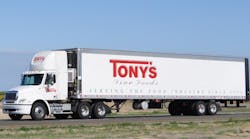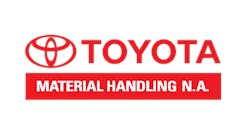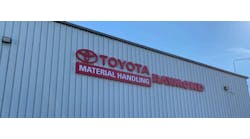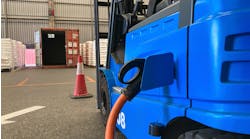While the processed foods industry and the Food and Drug Administration (FDA) have long provided guidance on Listeria monitoring and control, guidance applicable to the unique conditions of fresh produce handling operations has been lacking. That’s why the United Fresh Food Safety & Technology Council developed a new document, Guidance on Environmental Monitoring and Control of Listeria for the Fresh Produce Industry. The intent is to help companies in the food supply chain develop “search and destroy” programs for Listeria. This guide describes in-depth handling techniques for fresh and fresh-cut produce, which offers some unique opportunities and challenges.
Listeria needs moisture to grow, so it can reproduce any place that remains wet for an extended period—generally longer than six hours, and especially in areas of entrapment where free water is constantly present. Listeria is most likely to become established in areas that are not only wet, but also relatively undisturbed. These might include difficult-to-access or difficult-to-clean pieces of equipment such as sorting equipment, bearings, hoist chain bags, “pinch point” conveyance covers, pallet jacks, forklifts, under bumper guards and bumper post sleeves at loading docks.
Case in point regarding lift trucks: during routine environmental swabbing in a fruit and vegetable processing plant, a positive for Listeria was detected on a floor in the raw product storage/staging room. Areas sampled included equipment, forklifts, floors and drains. The Floors and equipment were in excellent condition. However, in looking at traffic patterns, it was noted that one forklift regularly followed the same path as the pattern of positive swabs noted in the plant. The forklift regularly exited the building and drove through an area where a trailer collected cull waste conveyed from the processing room.
After investigation, it was determined that the most probable root cause was the forklift continually exiting and reentering the facility after being exposed to a cull waste area outside. Subsequently, forklifts were segregated for use exclusively inside or outside. Floor sanitizers were also applied at all forklift paths in the facility. Extensive follow-up swabbing was performed for eight weeks, and all subsequent routine swabbing in the area verified that corrective actions were effective and the source of the organism had been eliminated.



